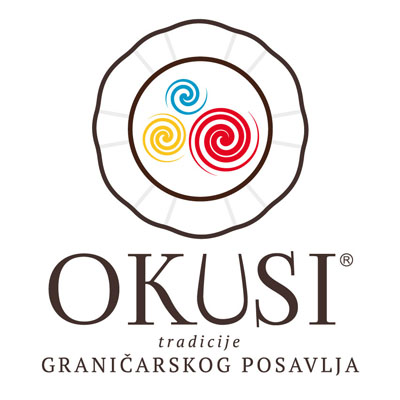If you visit Slavonski Brod, you must walk from the main square to, 5 minutes easy walk, to the fortress Brod. Brod Fortress (Festung) is the most important historical building in Brod-Posavina County. Its monumental size, makes it almost unreal, even it is located in the center of Slavonski Brod.
The construction of the fortress began in 1715 and lasted for the next sixty years. The fortress was built at the instigation of Prince Eugene of Savoy as part of a system of fortresses in northeastern Croatia. That’s why her size fascinates. The fortress was designed to accommodate 5,000 soldiers, although it was seldom more than two thousand. Huge moats, bastions, curtains, hornwork, cavalier and ancillary buildings covered an area of two square kilometers, making the fortress greatly larger than the city of Brod, which stretched east of the fortress.
The soldiers in the fort were completely autonomous, as the fort’s warehouses had to provide a full supply in the event of a 45-day siege.
The fortress was never attacked nor did soldiers from the fortress ever carry out an attack on neighboring Bosnia and the Ottoman Empire. It served as a deterrent.
The very existence of the fortress during the 18th and 19th centuries significantly influenced everyday life in the neighboring civilian town. The streets of the city had to extend perpendicular to the fortress, single-storey houses were the only permitted form of houses, and houses built within a rifle (or cannon) line had to be built of wood.
The people of Brod shared the heavy burden of building the fortress with other inhabitants of the Slavonian Military Border. Earthworks on the fortress, firing bricks, obtaining timber and firewood were feudal obligation to which all men residing in the wider vicinity of the fortress were obliged. In order to build the fortress, the Krajina people had to cut down entire forests, not only in the immediate vicinity but also in more remote parts of the Krajina.






Today, this building is in the function of cultural development. It houses the city administration, music school, classical grammar school, traditional crafts, a unique tamburitza (traditional string instrument) museum and the Ružić Gallery, which is, by importance, the second gallery of modern art in Croatia.



































